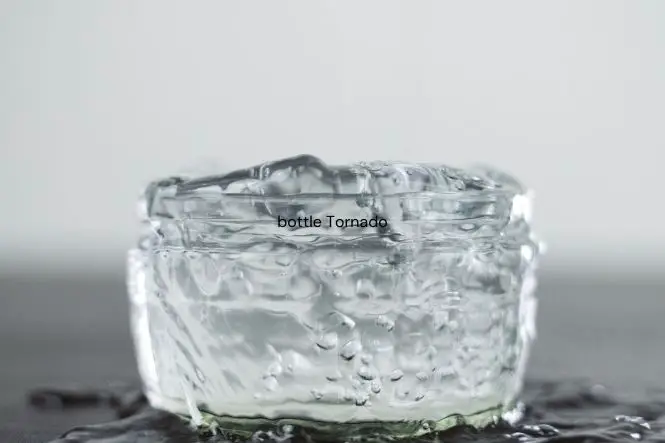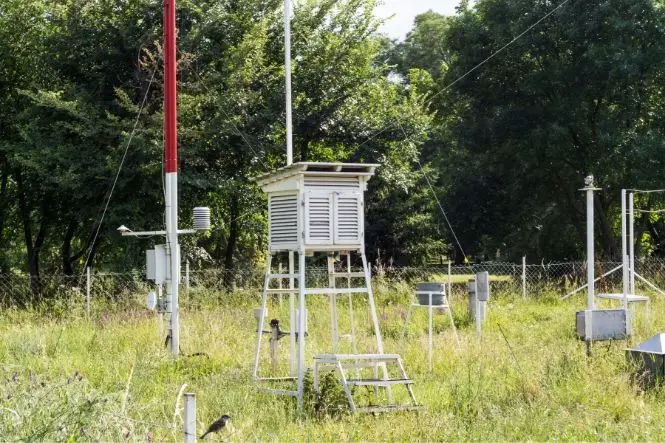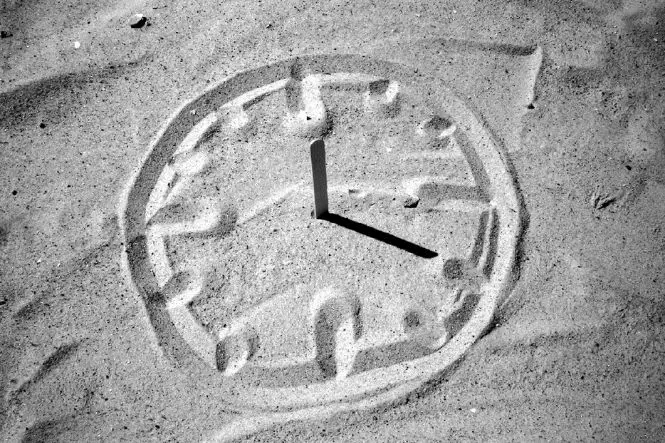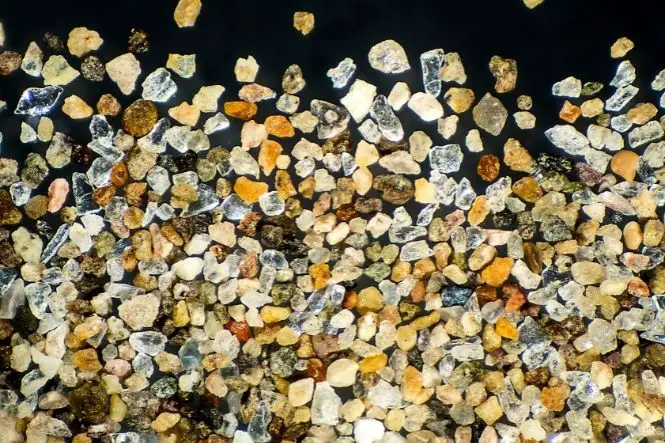Everyone is talking about climate change. As global temperatures rise, this will lead to melting of glaciers and sea ice. If this causes a rise in sea levels, this will make communities that live near the coast or on low-lying islands very vulnerable to flooding.
Melting Sea Ice
Part fill a clear container with water and mark the level of the water on the side. Put the container in the freezer overnight, and mark the level of the ice. Has the water expanded or contracted? Take the ice out of the container and drop it into a bowl of water. Does the ice float? How much of the ice is below the surface of the water?
Ice floats, because it has a lower density than water (see ‘Solids, Liquids and Gases: Ice, Water and Steam’ and ‘Floating and Sinking: Looking at Density’.
Fill a glass bowl with water, and drop in ten ice cubes. Mark the level of the water on the side of the bowl, and allow the ice to melt.
This is a model of icebergs floating in the sea, or ice in the Artic. As global temperatures increase, ice in the seas will begin to melt. Even through ice floats, a lot of it remains below the surface of the water, and so displaces (pushes out of the way) some of the water. This means that when the ice melts it does not make a lot of difference to the level of the water.
Melting Ice on Land
Rest a piece of wood on the edge of a glass bowl filled with water, tilted so that any melting water will run into the bowl, and place ten ice cubes on the block of wood. Mark the level of the water on the side of the bowl, and allow the ice to melt.
This is a model of ice on a continent, such as glaciers and ice sheets on the Antarctic. As global temperatures increase, glaciers and ice sheets on land will begin to melt and flow into rivers and the sea.
Expanding Water
Half fill an empty squeezy mayonnaise or tomato sauce bottle with room temperature water and add some food colouring. Put a straw through the hole in the top and push it down until it goes under the surface of the water. Seal the gap around the straw with Plasticine. Blow a little air down the straw (not too much) so that the water level rises in the straw, about five centimetres above the top of the bottle.
Watch to see if the level of the water falls – if it does, reseal around the straw. If necessary, break up any air bubbles in the straw with a skewer or cocktail stick, or add a few drops of water into the straw to top the level up. Mark the level of the water on the straw. Put the bottle next to a radiator – what happens to the level of the water? Put the bottle in the fridge – what happens to the level of the water?
In the same way that air expands when it is warm (see ‘Warm and Cold: Expanding Air’), warm water expands and takes up more space than cold water (see ‘Warm and Cold: Heavy Water’).
Some people argue that melting land ice will not contribute much to rising sea levels, because the land ice is largely in the southern hemisphere, which may not be as much affected by warming. They suggest, however, that sea levels will still rise, because as the seas warm, the water will expand.







